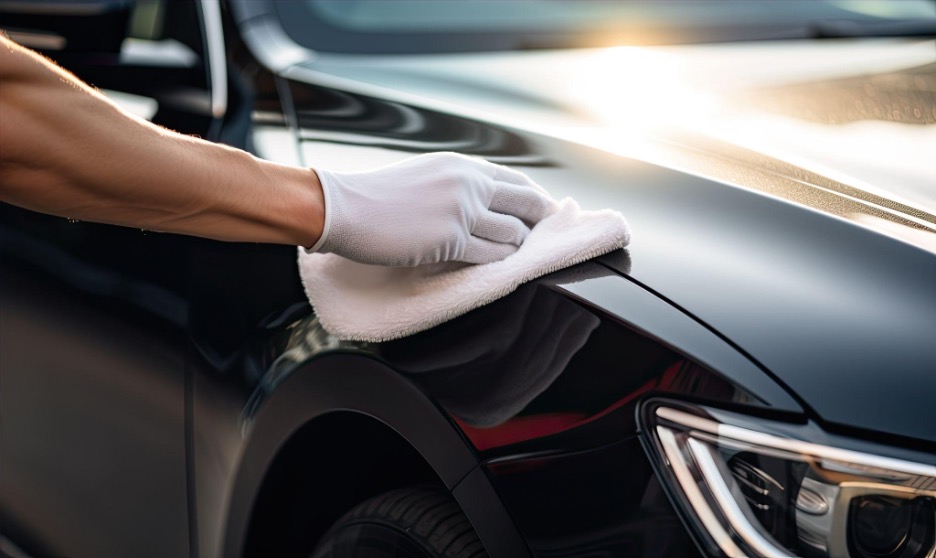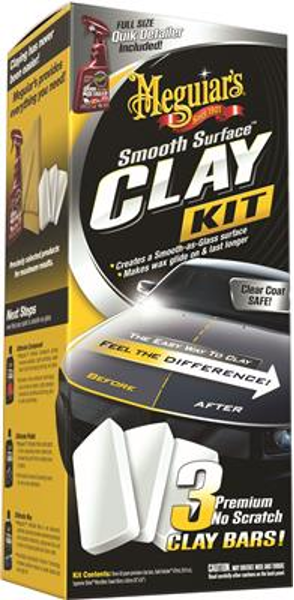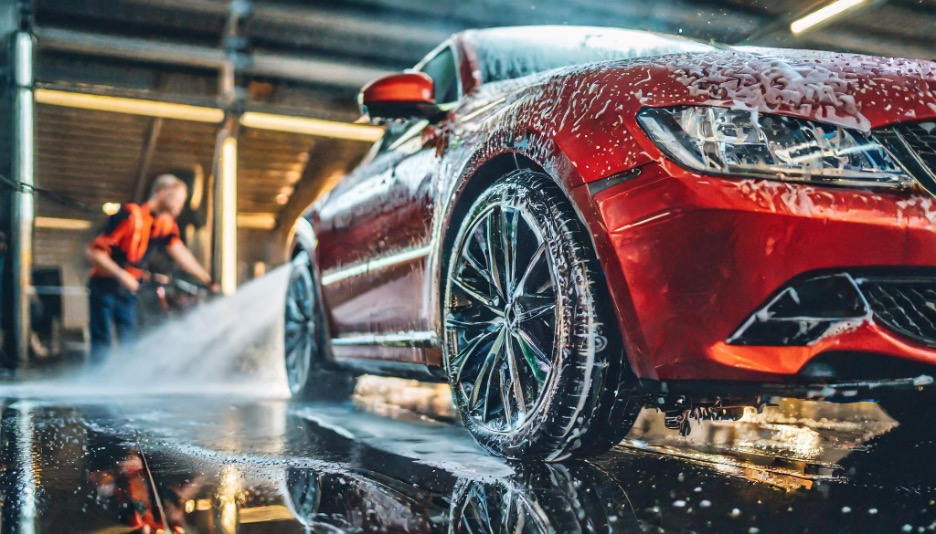Effective Methods for Removing Overspray Without Harming the Clear Coat
 Overspray can be a frustrating issue for auto detailers. Whether it’s from paint, varnish, or other contaminants, overspray can affect the appearance of a vehicle’s clear coat if not removed properly. Fortunately, there are effective methods to remove overspray without damaging the clear coat. Below, we will guide you through the best practices and techniques for overspray removal, ensuring your detailing job is both thorough and safe.
Overspray can be a frustrating issue for auto detailers. Whether it’s from paint, varnish, or other contaminants, overspray can affect the appearance of a vehicle’s clear coat if not removed properly. Fortunately, there are effective methods to remove overspray without damaging the clear coat. Below, we will guide you through the best practices and techniques for overspray removal, ensuring your detailing job is both thorough and safe.Understanding Overspray and Its Impact
What Is Overspray?
Overspray occurs when airborne particles of paint, varnish, or other substances settle on unintended surfaces. This can happen in various environments, including body shops, construction sites, or areas where aerosol products are used. Paint overspray, in particular, is a common issue faced by auto detailers.
Why Is Clear Coat Protection Important?
The clear coat is a transparent layer of paint that provides a glossy finish and protects the underlying color coat from UV rays, oxidation, and environmental contaminants. Damaging the clear coat can lead to diminished protection and aesthetic appeal, making it crucial to remove overspray without harming this protective layer.
Why Do You Need to Remove Overspray?
Removing paint overspray is essential for several reasons:
Aesthetic Appeal: Overspray can create a rough, uneven surface, diminishing the vehicle's appearance. Removing overspray ensures a smooth, glossy finish, enhancing the overall look of the vehicle.
Protection of the Clear Coat: Overspray can compromise the integrity of the clear coat, leading to potential damage from UV rays and other environmental factors. Proper removal helps maintain the clear coat's protective properties.
Resale Value: A vehicle with visible overspray can appear poorly maintained, potentially reducing its resale value. Removing overspray helps preserve the vehicle's market value by maintaining a pristine appearance.
Customer Satisfaction: For auto detailers, delivering a flawless finish is crucial for customer satisfaction. Effective overspray removal using high-quality detailing products ensures customers are happy with the service, leading to repeat business and positive word-of-mouth referrals.
Methods for Removing Overspray

Clay Bar Treatment
Clay bars are a popular and effective method for removing overspray. They work by gently lifting contaminants off the surface without scratching the clear coat. Here’s how to use a clay bar:
Wash and Dry the Vehicle: Begin by thoroughly washing and drying the vehicle to remove any loose dirt and debris.
Lubricate the Surface: Use a clay bar lubricant to ensure the clay bar glides smoothly over the surface.
Clay the Surface: Rub the clay bar over the affected areas in a back-and-forth motion. You’ll feel the clay picking up the contaminants.
Wipe and Inspect: Wipe the area with a clean microfiber towel and inspect the surface. Repeat the process if necessary.
Detailing Spray and Plastic Razor Blades
Detailing sprays combined with plastic razor blades can effectively remove overspray without scratching the clear coat. Here’s how to use this method:
Spray the Affected Area: Apply a generous amount of detailing spray to the overspray.
Scrape Gently: Use a plastic razor blade to gently scrape off the overspray. Hold the blade at a low angle to avoid gouging the clear coat.
Wipe Clean: Use a microfiber towel to wipe the area clean and inspect for any remaining overspray.
Rubbing Alcohol
Rubbing alcohol can dissolve overspray contaminants, making it easier to remove without damaging the clear coat. Here’s how to use rubbing alcohol:
Prepare the Mixture: Dilute rubbing alcohol with water in a 1:1 ratio.
Apply the Solution: Spray the mixture onto the affected area or apply it using a soft cloth.
Gently Rub the Surface: Use a microfiber towel to gently rub the area in a circular motion, lifting the overspray off the surface.
Rinse and Inspect: Rinse the area with water and dry with a clean microfiber towel. Inspect for any remaining overspray and repeat if necessary.
Preventing Overspray
Proper Masking Techniques
Use high-quality masking tape and plastic sheeting to protect areas of the vehicle that are not being painted.
Controlled Environment
Whenever possible, perform painting and other activities that produce overspray in a controlled environment, such as a spray booth.
Work in Small Sections
When removing more than light amounts of paint overspray, always work in small sections to ensure thorough and careful removal. This approach helps prevent swirl marks and minimizes the risk of damaging the clear coat. It is essential to remove as little paint as possible to maintain the integrity of the clear coat.
Removing overspray without harming the clear coat requires the right techniques and products. By using these methods, auto detailers can effectively restore the vehicle’s finish. Always ensure you have high-quality detailing supplies and follow best practices to achieve the best results.
Enhance Your Detailing Services

For professional-grade detailing products and supplies, explore Superior Car Wash Supply. We offer a wide range of solutions to meet all your detailing needs. Enhance your detailing services with our top-quality products and achieve flawless results every time.